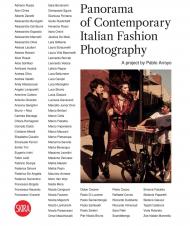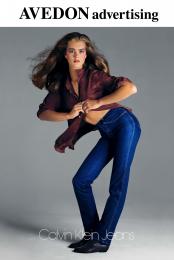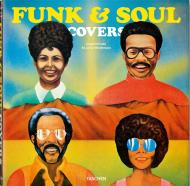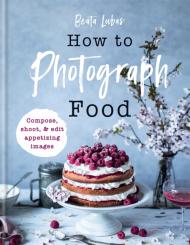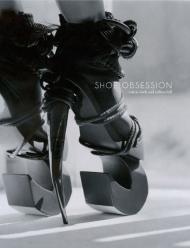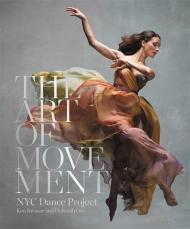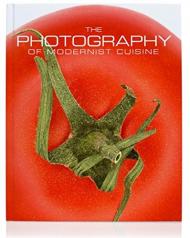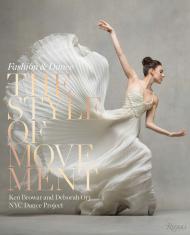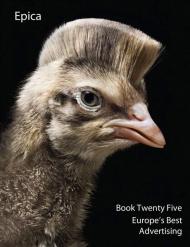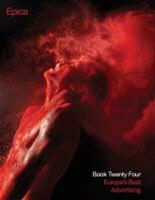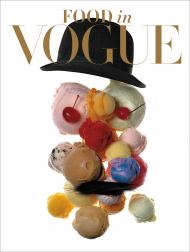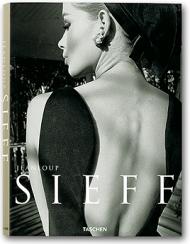Take a deep dive into Modernist Cuisine founder and photographer Nathan Myhrvold's ever-evolving fascination with food in his new book Food & Drink: Modernist Cuisine Photography.
This beautiful photo book features over 200 vibrant images showcasing food in new and surprising ways. Myhrvold uses cutting-edge photography techniques that combine custom-built cameras and robotics with creativity, endless curiosity, and the willingness to get drenched with wine on occasion. The results are blueberries shot to appear like boulders, condiments exploding out of cannons, and wine catapulted to create the perfect splash. This collection of Myhrvold's images is organized into thematic sections focused on core elements of his food photography and comes packaged in a new shelf-friendly trim size with a slipcase. Over 20 full-spread panoramic images measuring 68,58 x 26.2 cm display high-quality printing. From an aerial shot of the gentle carved shapes in a wheat field after harvest to the magnified view of the colorful corona of a tomato seed, Food & Drink features imagery not found in Myhrvold's previous photography book. This gorgeous coffee table book captures stunning details of the foods and drinks we love from a fresh, playful perspective.
About the Author:
Nathan Myhrvold, lead author of Modernist Cuisine: The Art and Science of Cooking (2011), Modernist Cuisine at Home (2012), The Photography of Modernist Cuisine (2013), Modernist Bread (2017), and Modernist Pizza (fall 2021), is a chef, photographer, and scientist. Myhrvold is the founder of the Modernist Cuisine team and has led the development and production of all five books. His food photography is available for sale at Modernist Cuisine Gallery, with locations in New Orleans, Seattle, and La Jolla. In addition to his culinary and photographic pursuits, the former chief technology officer of Microsoft is the co-founder and CEO of Intellectual Ventures. He is an avid inventor and prolific author in the fields of technology, paleontology, climatology, energy, bioterrorism, and more. He holds several degrees, including a doctorate in theoretical and mathematical physics; master's degrees in economics, geophysics, and space physics; a bachelor's degree in mathematics; and a culinary diploma from Ecole de Cuisine La Varenne.
__________
The Story Behind the Book - A review from the Publisher.
When Nathan, a lifelong photographer, decided to create a cookbook over a decade ago, he saw an exciting opportunity to do something new in food photography—to portray food in new and unexpected ways that simultaneously draw readers in and illustrate the science at work in cooking.
Modernist Cuisine broke many of the rules for cookbooks, including how they should be illustrated. When Nathan and the team began working on the book, we wanted to explain the scientific principles that govern how cooking actually works and comprehensively cover all the modern culinary techniques practiced by the best and most advanced chefs in the world. We realized, however, that a conventional, text-heavy book on these topics might be a bit intimidating to all but a limited audience. The book had to be visually captivating. To do that, we developed an approach to food photography that leveraged technology to capture something new.
All art involves some amount of technology. The invention of oil painting, for example, radically changed what paintings looked like. While this has always been true for the creation of art, it is profoundly so for photography because the medium requires both advanced optics and chemistry to capture images on film. Digital photography and the software editing tools it has spawned are merely the latest in a long line of inventions that enable us to make images in new ways. The technology of photography is now changing almost daily, and we’ve embraced that. Many of these new technologies and discoveries (plus those we don’t even know yet) are tools that can be used creatively to do something extraordinary.
At the same time, we’ve also bucked the conventions for food photography. Nathan wanted to cut kitchen equipment in half to give people a look inside food as it cooks, capture alluring perspectives of food with high-speed video and research microscopes, and turn simple ingredients like strawberries and grains of wheat into stunning monoliths with macro lenses. We’ve custom-built cameras and lenses, developed special software for editing, built robots to perfectly sync motion with the camera’s shutter, and experimented with new photography techniques. The results are blueberries shot to appear like boulders, condiments exploding out of cannons, aerials of freshly harvested wheat fields, and wine catapulted to create the perfect splash.
Almost immediately after we released Modernist Cuisine, people started asking where they could buy prints of the images. The photos in our books have spoken to people who see food as we do — as something that inspires passion and curiosity. Art is a reflection of ourselves and the values we want to project. Food is an important aspect of many people’s lives; there have never been more people who self-identify as foodies.
It’s safe to say that Nathan and the team have taken a lot of photos — thousands and thousands of them — since we published The Photography of Modernist Cuisine. With so many new photos in our archives, we decided it was high time to create another coffee-table book for everyone who connects with food.
The 216-page Food & Drink examines its subject matters through six different lenses — photography speed, photography scale, cutaway photography, portraiture, still-life photography, and playing with food — to illustrate how Nathan and the team play with different technology, equipment, styles, and perspectives to capture foods and drinks in a new light.
Some of the most recent photos capture subject matter that is moving too quickly to be easily seen by the human eye, such as a champagne cork flying out of a bottle, so we dedicated a chapter called “The Speed of the Photography” to highlight the speed at which they were taken. Another chapter, “The Scale of the Photography,” is devoted to the scope of the images and features photos that run the gamut from large landscapes to things that can only be seen under a microscope. The third chapter, “A Change in Perspective,” collects some of our photos that reveal a look inside food and what happens inside pots and ovens as you cook. Nathan likes to have fun when taking photos, so we also created a chapter called “Playing with Your Food.” The final two chapters divide a group of food photographs into two categories commonly found in the art world: “Still-Life Photography” and “Food Portraits.”
Food & Drink features imagery not found in The Photography of Modernist Cuisine, and the vast majority are also prominently displayed in our gallery spaces. The images in the book were shot both in studio at the Modernist Cuisine Lab as well as on location at Lake Geneva, the Italian village of Caiazzo, California’s Central Valley, New Orleans, the Olympic National Park, and the Palouse region of Washington and Oregon. With over 20 full-spread panoramic images, the book comes packaged in a new shelf-friendly trim size with a slipcase.
While working on Food & Drink, we embarked on our next project, which will begin to tackle the world of pastry. It’s a subject matter we’ve always wanted and planned to cover. After narrowing down the scope of the project (a truly difficult task), we are now in the early stages of research and experimentation for the untitled, multivolume book that will cover baked pastries.
In the meantime, we hope that others will experience the wonder and joy we feel when we look at the photographs in Food & Drink. Gastronome Anthelme Brillat-Savarin famously said, “Tell me what you eat and I’ll tell you who you are.” Food is a significant part of our identity. What we eat has never been more important to us than it is today. It’s one of the ways that we define cultures, different groups of people, and ourselves as individuals. Our relationship with food is deeply personal but also something that helps us build relationships with others. Food as art is an expression of those values.
Food & Drink is a reflection of our unending passion for and fascination with the world of food. It’s a bold guess that others will share our desire for an art book of quality that immerses readers in vistas of food that are familiar yet profoundly new. We hope that these photographs allow people to indulge in who they are and express how food makes them feel.
